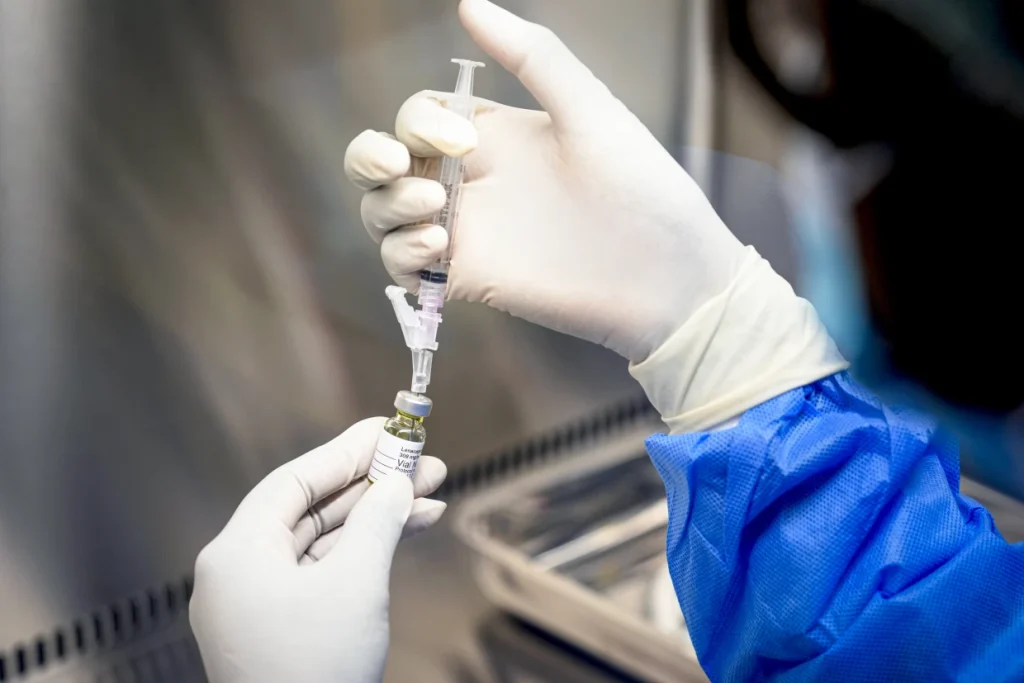A new HIV prevention method involving a twice-yearly injection is being hailed as a potential game changer in the global fight against HIV. The innovative approach, which drastically reduces the frequency of dosing compared to traditional daily oral medications, has demonstrated high effectiveness in preventing the transmission of HIV. However, the promise of this medical breakthrough is now facing a critical obstacle: its affordability and global accessibility.
The injectable drug, a long-acting antiretroviral therapy, offers substantial advantages in terms of compliance and protection. By requiring only two doses per year, it addresses one of the biggest challenges in HIV prevention adherence to daily pill regimens. This method is particularly beneficial for individuals in vulnerable communities where daily access to medication is difficult due to stigma, logistics, or healthcare infrastructure limitations.
Clinical trials have shown that the biannual injection significantly reduces the risk of HIV infection, offering a new level of convenience and protection. The shot works by maintaining sustained levels of the drug in the bloodstream over several months, providing continuous coverage and reducing the likelihood of lapses in treatment.
While medical professionals and health advocates are optimistic about the public health impact, the concern remains whether countries, particularly those with high HIV prevalence and limited healthcare budgets, can afford to implement this solution on a large scale. The cost per injection, manufacturing scalability, licensing rights, and distribution channels will be major factors in determining how widely the treatment can be deployed.
Global health organizations are calling for pharmaceutical companies and international donors to work collaboratively to ensure that cost does not become a barrier to this potentially life-saving innovation. Without strategic funding and equitable pricing, the benefits of this twice-a-year shot may be restricted to wealthier regions, leaving high-risk populations in low-income countries behind.
Experts emphasize that while the drug itself is a scientific advancement, its true value will depend on its availability to those who need it most. Policymakers and global health leaders are being urged to prioritize negotiations, subsidies, and technology transfers that can reduce prices and increase supply for the broader population.
If successfully made affordable and accessible, the twice-yearly injection could revolutionize HIV prevention strategies, minimize new infections, and bring the world closer to the goal of ending the HIV epidemic. But without a clear pathway to affordability, the breakthrough risks becoming yet another example of medical progress out of reach for millions.



Comments (0)
No comments yet. Be the first to comment!
Leave a Comment